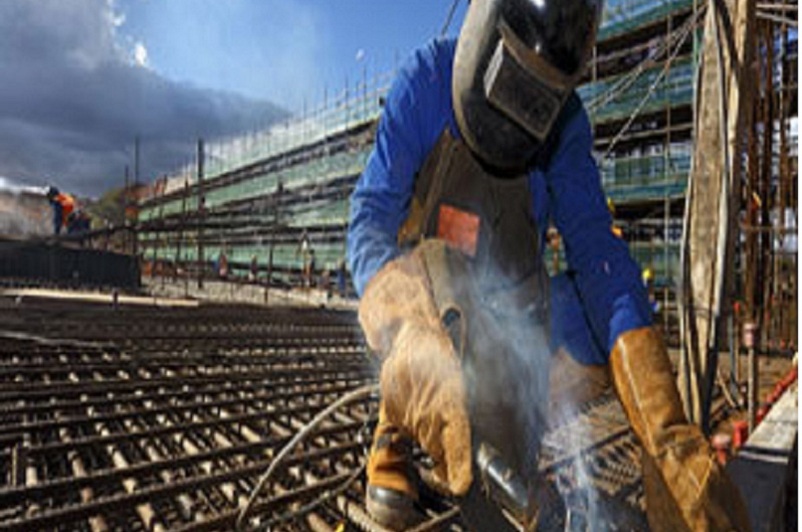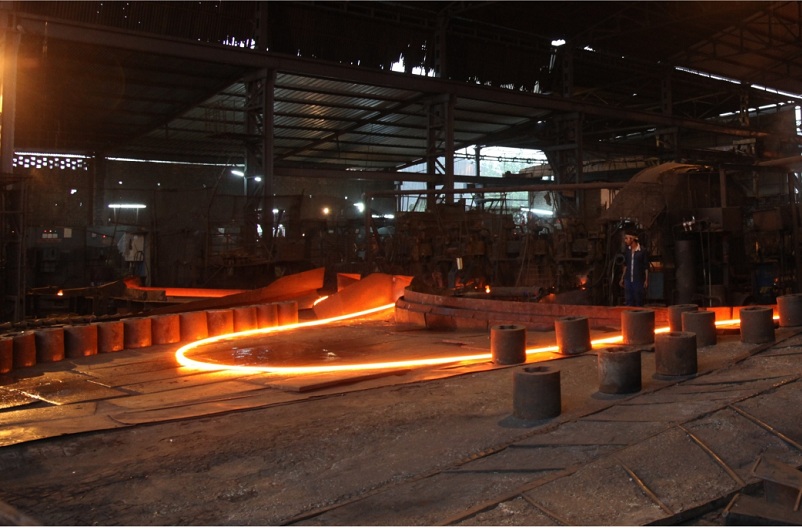
Timeline
In the year 1942, Rathi Steel was founded by two visionaries, Shri Goverdhan Das Rathi and Shri Kanhaiyalal Rathi
The company came up as a small steel rolling mill in Delhi, having a production capacity of 0.5 ton per day
In 1965, the company became the first in the country to create brand equity in steel bars and rods
In 1965, international technology was introduced to manufacture twisted steel bars which reduce consumption of steel by 20%, due to improved strength
In the year 2000, in yet another giant leap forward, the company started manufacturing Quenched and Self Tempered Steel Bars
In 2010, the company got an exclusive rights from TOR lsteg Steel Corporation, Germany to manufacture and market its TOR steel in North India. This technology allow making of iron rebars with iron ore fines, and non-coking coal as feedstock.
The Rathi Group was amongst the first to adopt the technology of Tor in the country from Tor Isteg Steel Corporation, Luxemberg, Germany through the Tor-Steel Research Foundation in India . The Company’s latest product Thermo-Mechanically Treated (TMT) Steel has gained popularity in short span of time in the construction Industry. The state-of-the-art patented “Thermex” water quenching process makes the Steel earthquake resistant. We are one of the exclusive licencees for the use of “Thermex” technology in Northern India .
Our Company is an ISO 9001 certified company. We have a very strong and committed network of dealers, consisting of nearly 900 retail outlets spread all over Northern India . Such a broad dealer network enables us to ensure quantitative as well as qualitative up-gradation.
Innovative method of Manufacturing of Steel Bars
Hot charging and hot delivery process of continuous casting billet has the advantages of saving energy, improving the production capacity of heating furnace, reducing the burning loss of billet, decreasing the rolling fault, improving the rate of finished products, speeding up the logistics movement, reducing billet storage warehouse and liquidity occupation etc
- Company Profile for Rathi Bars Ltd – Reuters India Published: September 28, 2018
- Rathi Bars Ltd. Stock Price, Share Price, Live BSE/NSE, Rathi Bars Ltd. Published: September 28, 2018
- Anurag Rathi – Individual Member Detail Published: September 28, 2018
- Rathi Bars Ltd (532918:Bombay Stock Exchange) Published: September 28, 2018
- Structural Steel – Preferred Material for Construction Published: September 28, 2018
- What are Earthquake Resistant TMT Bars Published: September 28, 2018



